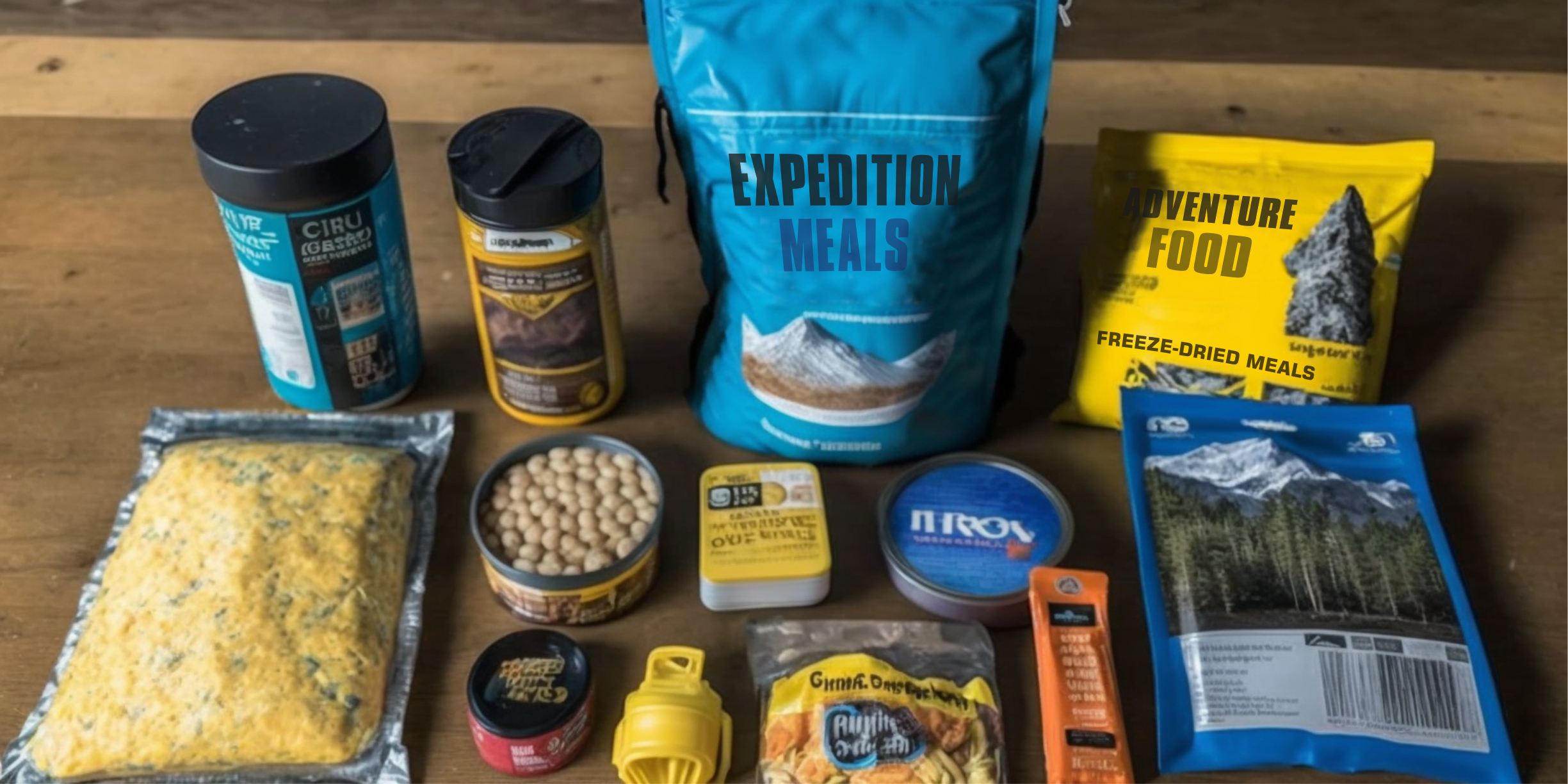
The Science of Staying Warm: Choosing the Right Clothing and Gear for Cold-Weather Expeditions
The Science of Staying Warm: Choosing the Right Clothing and Gear for Cold-Weather Expeditions
Cold-weather expeditions can be exhilarating and rewarding, but they also require careful planning and the right clothing and gear to ensure your safety and comfort. Understanding the science of staying warm is key to making smart choices when preparing for your next cold-weather adventure. In this article, we'll delve into the principles of heat retention and outline how to select the best clothing and gear for cold-weather expeditions.
Interesting Data and Facts
-
According to the Met Office, the UK experiences an average of 33 days of snowfall each year, with the Scottish Highlands receiving the most at around 100 days per year.
-
The lowest temperature ever recorded in the UK was -27.2°C in 1982 at both Braemar, Aberdeenshire, and Altnaharra, Sutherland.
-
Research conducted by the University of Portsmouth revealed that around 10% of body heat is lost through the head, debunking the popular myth that it accounts for 40-45% of heat loss.
With these facts in mind, let's explore the science of staying warm and how to choose the right clothing and gear for cold-weather expeditions.
The Science of Staying Warm
Staying warm in cold environments revolves around three key principles: insulation, moisture management, and wind protection. By understanding these principles, you can select clothing and gear that effectively trap heat, wick away moisture, and shield you from wind.
-
Insulation: The key to staying warm is trapping a layer of warm air around your body. Insulating materials, such as down or synthetic fibres, work by creating pockets that hold air, preventing it from escaping and maintaining a warm microclimate around your body.
-
Moisture Management: When you're active in cold weather, your body produces sweat. If this moisture isn't effectively wicked away, it can cause you to feel cold and clammy. Moisture-wicking materials, like merino wool or synthetic fabrics, help to move sweat away from your skin, keeping you dry and warm.
-
Wind Protection: Wind can quickly rob your body of heat, so it's crucial to have a windproof outer layer to block the chilling effects of wind. This can be achieved with materials like Gore-Tex or other breathable, windproof fabrics.
Choosing the Right Clothing and Gear
-
Layering System: Dressing in layers allows you to effectively manage insulation, moisture, and wind protection. The three main layers are:
a. Base Layer: This layer should be made of moisture-wicking material, like merino wool or synthetic fabric, to keep your skin dry and warm.
b. Mid Layer: The mid-layer provides insulation, trapping warm air close to your body. Opt for down, synthetic insulation, or fleece materials for this layer.
c. Outer Layer: The outer layer serves as a wind and waterproof barrier, shielding you from harsh weather conditions. Look for breathable, windproof, and waterproof materials like Gore-Tex.
-
Extremities: Your hands, feet, and head are susceptible to heat loss and frostbite. Choose moisture-wicking, insulated gloves or mittens, thick socks made of merino wool or synthetic fibres, and a windproof, insulating hat or balaclava.
-
Footwear: Insulated, waterproof boots with a sturdy grip are essential for cold-weather expeditions. Ensure they're spacious enough to accommodate thick socks without restricting circulation, which could lead to cold feet.
-
Accessories: Don't forget essential accessories like a neck gaiter or scarf for added warmth and protection, as well as high-quality sunglasses or goggles to shield your eyes from harsh sunlight and wind.
-
Sleep System: For overnight expeditions, a high-quality, temperature-rated sleeping bag and an insulated sleeping pad are crucial for warmth and comfort. Choose a sleeping bag with the appropriate insulation (down or synthetic) for the expected temperatures and a sleeping pad with a high R-value to minimize heat loss to the cold ground. For further guidance on sleeping bag selection, we recommend you visit Choosing the Right Sleeping Bag.
-
Hydration and Nutrition: Staying well-hydrated and fuelled is essential for maintaining your body's core temperature. Carry an insulated water bottle or hydration system to prevent freezing, and pack high-energy snacks or meals to fuel your body and generate heat.
Conclusion
Understanding the science of staying warm is the foundation for a successful and enjoyable cold-weather expedition. By selecting the right clothing and gear based on the principles of insulation, moisture management, and wind protection, you can stay warm, dry, and comfortable, even in the most challenging conditions. As you prepare for your next cold-weather adventure, remember to consider the specific requirements of your destination and activity, and always prioritize safety and preparedness. Happy exploring!
Suggested Articles
50 Survival Knives: A Comparison Table
There are many different survival knives available, with different attributes, advantages, limitations and price poin...
What to Eat When Hiking or Camping: A Guide to Adventure Food
Introduction: The Importance of Adventure Food Whether you're hiking, camping, or embarking on any other outdoor adve...
How to Plan Nutritious and Delicious Meals for Multi-Day Expeditions
Embarking on a multi-day expedition requires a lot of physical effort, and proper nutrition is key to ensure that you...




